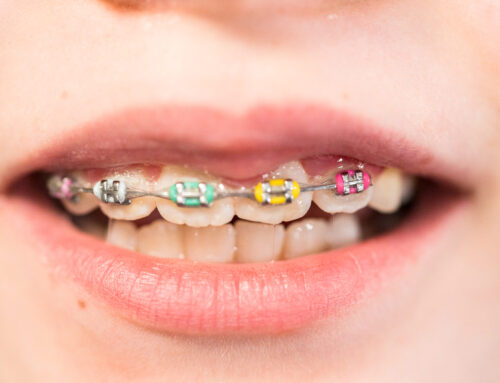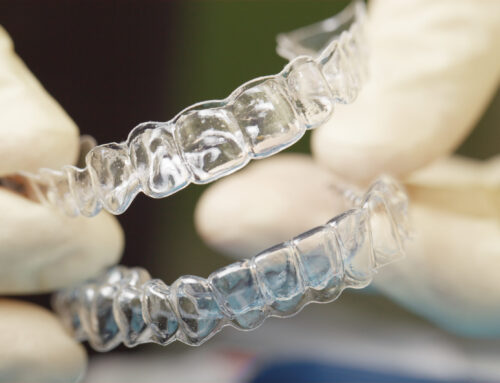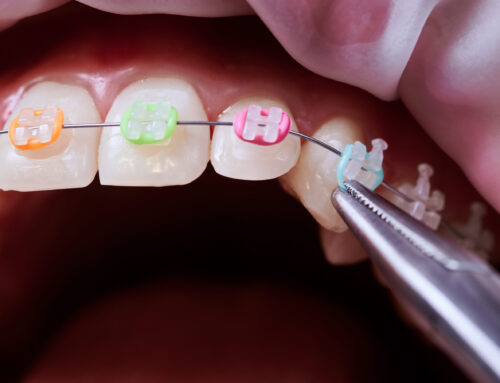There is the sense that teeth and the jaw are these grand immovable objects, that once we are adults, our teeth are largely set in place. After all, they feel solid and set in place, and it can be a little hard to comprehend how they can move and shift, short of serious trauma. However, this isn’t the case at all. In fact, your teeth and jawbone are an ever-evolving landscape. There are, in fact, a number of ways that your teeth move over time, including the obvious one, orthodontics. This article will go over some of the factors that cause teeth to move and explain them a little bit further.
Mesial Drift, A Natural Aging Process
Some teeth drifting is relatively unavoidable, but also generally minor. The most common form of this is called mesial drift, which is a natural byproduct of aging. Mesial drift presents itself as your teeth moving forward to the front of your mouth. This happens because as we chew, the sides of the teeth generate friction against each other, which wears down the teeth in that area. Naturally, the teeth seek to always be in contact with one another, so this wear down causes the teeth to shift towards one another. This is one of the most common forms of teeth moving.
Odd Habits Can Actually Shift Teeth
There are actually some odd behaviors that can impact teeth shifting, as well. Posture and how you sleep can both affect teeth shifting. Sleeping on your stomach, for instance, is actually negative for your oral health, and poor posture can actually cause your teeth to shift as well. These factors are exacerbated for those who work at a desk or a computer for long periods of time.
Enamel Loss Can Alter Teeth
We all know that enamel is the protective coating around teeth and that proper dental hygiene can protect your enamel. One of the consequences of losing enamel is that it actually alters the shape of the teeth. As the teeth change shape, they can also go out of alignment. These conditions can be worsened if you have naturally overcrowded or crooked teeth, as these factors can create a situation where it’s hard to practice good dental hygiene. This can be another good reason to pursue orthodontic treatment. Speaking of which…
How Braces Move Teeth (For the Better!)
Of course, not all teeth shifting is a bad thing. Orthodontics purposely move and shift teeth to create better alignment and alleviate a number of oral health issues. Braces work by applying consistent (but gentle) pressure to the teeth. Eventually, the jaw adjusts its shape due to the pressure and moves teeth – at least, for this one, that’s exactly what we want them to do!
Teeth are not immovable objects and shifting is bound to happen over time – it’s just a matter of to what degree that this happens. If your teeth are moving, and not in the way you want them to, give us a call!




